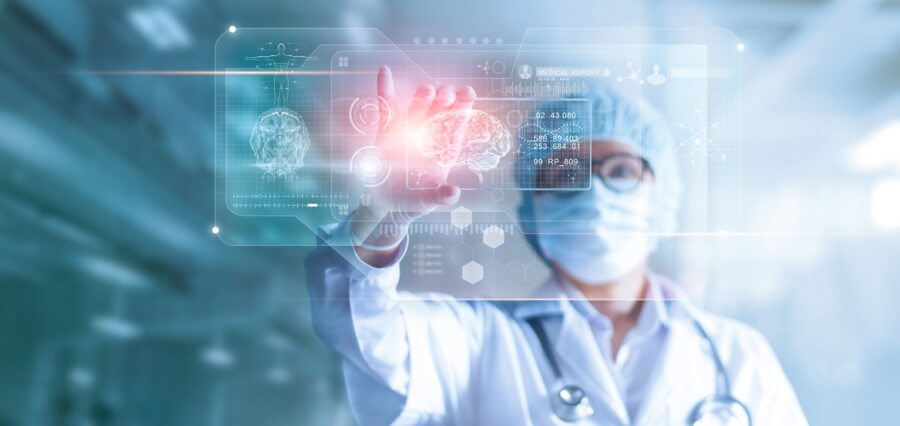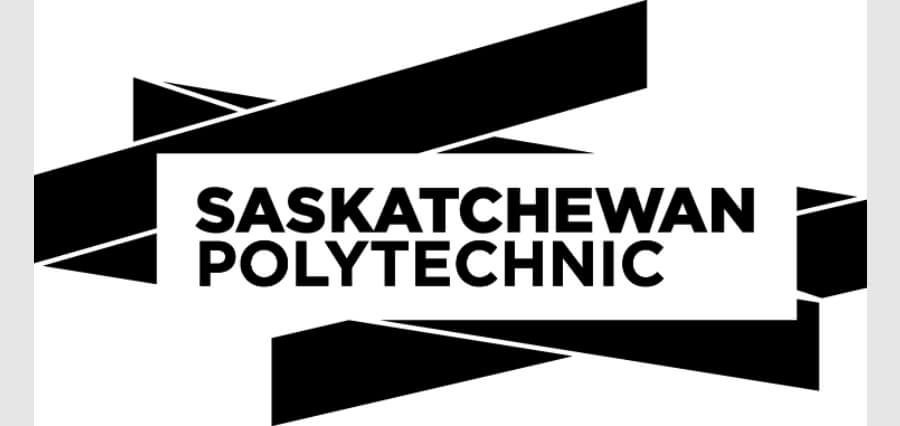Changing Paradigms
The field of medical education has undergone remarkable transformations in the 21st century, primarily driven by the changing academic and public health landscapes. With the rapid advancements in medical knowledge and the continual evolution of healthcare delivery models, there has been a growing demand to reshape medical education and align it with the needs of future healthcare professionals. The traditional approach to medical education focused on imparting knowledge and technical skills, has gradually shifted towards a more comprehensive and patient-centred approach.
Medical schools and educational institutions have recognized the importance of incorporating interdisciplinary and team-based learning, as well as fostering critical thinking, communication skills, and empathy among aspiring physicians. The integration of technology and digital resources in medical education has further facilitated access to up-to-date information and innovative learning tools, enabling students to stay abreast of the latest research and practice guidelines.
Furthermore, there has been an increased emphasis on experiential learning, clinical simulations, and early patient exposure to bridge the gap between classroom instruction and real-world medical practice. These changes in medical education aim to produce competent and compassionate healthcare professionals who are equipped to navigate the complexities of modern healthcare systems and provide patient-centred care.
Integration of Technology
Technology has revolutionized medical education, offering new opportunities for learning and skill development. Virtual reality, simulation-based training, and online learning platforms are increasingly being incorporated into medical curricula. These tools provide immersive and interactive learning experiences, allowing students to practice clinical skills, explore complex medical scenarios, and enhance their decision-making abilities in a controlled environment. The integration of technology in medical education not only improves knowledge retention but also prepares students for the technologically advanced healthcare landscape they will encounter in their careers.
Interprofessional Education
The traditional model of healthcare delivery focused on individual disciplines working in silos. However, the complexity of modern healthcare demands collaborative and team-based approaches. Interprofessional education (IPE) aims to prepare future healthcare professionals to work effectively in interdisciplinary teams. Medical students now engage in educational experiences with students from other healthcare disciplines, such as nursing, pharmacy, and social work. Through shared learning experiences, collaborative problem-solving, and team-based simulations, students develop an understanding of each profession’s roles, fostering effective communication and mutual respect.
Emphasis on Patient-Centred Care
Patient-centred care has become a central tenet of healthcare, and medical education is adapting to this paradigm shift. Medical schools now prioritize teaching students to understand and address patients’ unique needs, values, and preferences. Communication skills, empathy, and cultural competence are integrated into the curriculum to ensure that future physicians can establish strong doctor-patient relationships and provide patient-centred care. Additionally, students are exposed to community-based learning experiences that allow them to understand the social determinants of health and the impact of healthcare disparities on patient outcomes.
Competency-Based Education
Competency-based education has emerged as a prominent approach in medical schools, reflecting a shift away from a purely knowledge-based model. This innovative educational paradigm places a strong emphasis on the demonstration of specific skills and abilities rather than solely focusing on the acquisition of information. In competency-based education, medical students are evaluated based on their proficiency in critical areas such as clinical reasoning, procedural skills, professionalism, and teamwork.
This approach to assessment enables educators to provide tailored feedback and guidance to students, ensuring they have a comprehensive understanding of their strengths and areas for improvement. By identifying specific competencies that need further development, educators can create targeted learning opportunities to enhance student’s skills and bridge any gaps in their knowledge or abilities.
Competency-based education also enhances the overall accountability of medical education programs. It ensures that graduates possess the essential competencies required for competent clinical practice, promoting patient safety and quality care. This model recognizes that being a successful healthcare professional involves more than just academic achievements—it encompasses the practical application of knowledge, effective communication, collaboration, and professionalism.
Lifelong Learning and Continuing Professional Development
In the rapidly evolving field of medicine, continuous learning is essential for healthcare professionals to stay abreast of new discoveries and advancements. Medical education programs now emphasize the importance of lifelong learning and provide opportunities for ongoing professional development. Continuing medical education courses, conferences, online resources, and mentorship programs enable physicians to enhance their knowledge, refine their skills, and adapt to changing healthcare landscapes throughout their careers.
The shifting academic and public health environments in the 21st century have necessitated significant changes in medical education. Integration of technology, interprofessional education, emphasis on patient-centred care, competency-based education, and lifelong learning are among the key trends shaping medical education today. As medical schools adapt their curricula to these changing paradigms, future healthcare professionals will be better equipped to meet the evolving needs of patients and deliver high-quality care in the dynamic healthcare landscape of the 21st century.









